AudioCulture
The noisy library of New Zealand music
Te pātaka korihi o ngā puoro o Aotearoa
The Feelers
For a period of time, The Feelers provided a background soundtrack to New Zealand life and their career maps the course of local commercial music at the turn of the new millennium.
Their music was blasted on car stereos throughout the country and their summer tours became sell-out events. How many romances were started with their music playing in the background? How many bottles were smashed? How many fights were started?
York Street and Warner Music
When James Reid (vocals/guitar), Hamish Gee (drums), and Matt Thomas (bass) first released their debut EP The Leaving through indie label Wildside Records in 1994, they seemed more destined for student radio obscurity than chart dominance. They were able to afford to record at upscale studio, York Street, because they won money from a South Island Battle of the Bands and this was enough to gain the attention of ex-radio-DJ Tim Groenendaal. He worked for More FM in Auckland, but had moved to The Feelers’ hometown of Christchurch for a film course. Once he took over as their manager, he immediately sought to gain record label interest, finally arranging for the band to sign with Warner Music in 1997.
The managing director of Warner at the time was James Southgate and he decided to make them into the label’s flagship local act: “The Feelers were my first signing as MD of Warner Music," says Southgate, "after two years attempting to position Warner Music as a more dynamic company with greater emphasis on marketing and promotions. The New Zealand company needed to have a local artist to become a real music company and with a little luck I discovered The Feelers. It was a dynamic performance at the Dux De Lux that confirmed they were the band I had been looking for. The approach I took was to mirror the success of Bic Runga and Supergroove, both campaigns delivered huge results by taking their time and having three successful singles released and worked over an 18 month period.”
Warner Music sent the band back to York Street to record with Malcolm Welsford, whose slick, state-of-the-art production was providing a new benchmark for local commercial rock. Ever since the eighties, radio programmers at commercial stations complained that local tracks sounded empty and sprawling when played alongside the bandwidth-packing compression and precise production of overseas hits.
York Street Studio was created by Malcolm Welsford, Martin Williams, and Jaz Coleman, the frontman of UK post-punk band Killing Joke, who hoped their studio might allow local musicians to record at a world class standard. When it first opened in 1993, Jaz Coleman told NZ Musician: “I’ve worked everywhere from Electric Ladyland in the States, Canada, Cairo, Iceland, Berlin … This place is really on an international level. We have a studio in NZ that really can compare with them in terms of a facility, and a great vibe.”
The result was the band’s breakthrough single, ‘Space Cadet’, which rose to No.8 on the local charts.
Coleman used the studio to create the industrial sounds of Shihad’s first and heaviest album, Churn (1993), but it was Welsford who made his name synonymous with the studio – recording Supergroove’s debut album Traction and Shihad’s second album Killjoy (1995).
Welsford wasn’t so aggressive in his approach, but the aim was the same – no spare space should be left on any track. The Feelers’ first single had booming drums that were trimmed and boosted to the point that they almost sounded programmed, while the guitars were layered and fed through various effects pedals to fill every space. Many of the drum tracks were written along to beats created by Paddy Free (Pitch Black) and his samples also remained on some of the final recordings, giving them a hint of electronica.
The result was the band’s breakthrough single, ‘Pressure Man’, which rose to No.29 on the local charts.
They had successful follow-up singles with ‘Supersytem’ and ‘Space Cadet’ before Southgate finally arranged for the album to be released: “It was difficult not to rush the album out but I was convinced that the approach we took was correct. Along the way The Feelers received a NZ Music award for ‘Pressure Man’ and an APRA Silver Scroll for the most played song on radio with second single ‘Supersystem’, all of which contributed to the launch plan."
Upon its release in 1998, the album shipped platinum and debuted at No.1 on the national charts. Supersystem remained in the Top 10 for 26 weeks. "During this period I had several opportunities to sign other successful NZ artists," says Southgate, "but did not because we had not completed the job with The Feelers.”
For the second year running, The Feelers had the most played local track on NZ radio. ‘Venus’ reached No.4 on the singles chart.
Venus
The best was yet to come. The Feelers’ fourth single, ‘Venus’, was written during the recording sessions for the album and went on to be one of their most enduring. While their previous singles had been lyrically opaque, this was a comparatively direct love song with the strongest of earworms as its hook. The Feelers had arrived at a point where “alternative rock” had well and truly gone mainstream, and ‘Venus’ was a track that could play equally well on pop and rock commercial stations, even while it retained strong airplay on the alternative rock station, Channel Z.
For the second year running, The Feelers had the most played local track on NZ radio. ‘Venus’ reached No.4 on the singles chart. Supersystem went on to sell a shockingly impressive 60,000 units – four times platinum.
This is the point where The Feelers turned into local mega-stars, while simultaneously becoming one of the most divisive bands in the country. If you liked them, they became part of the air that you breathed; if you didn’t like them, then you probably ended up hating them since you couldn’t avoid their music without leaving the country.
Summer touring
The other aspect to the success of The Feelers was their adoption of the yearly summer tour as way to reach out beyond the main centres to audiences in the provinces.
Supersystem went on to sell a shockingly impressive 60,000 units
– four times platinum.
The national touring circuit was in a poor state at the beginning of the nineties, with many bands opting to seek newly available NZ On Air music video funding and vie for attention on television, rather than undertaking the hard work of playing endless small bars throughout the country. But no one told The Exponents when they got back from overseas in November 1990 and over the next few years they worked hard to open up a new touring route, focusing on the summer period when beach towns throughout the country were filled with young holidaymakers. They were followed by relative newcomers, Supergroove and Shihad, who had even more energy for developing live audiences outside of the main centres and gradually a more solid touring circuit was established, making out-of-the-way pubs, such as the Coroglen Tavern in the Coromandel, into bizarrely popular live venues, if only for a couple of months of the year.
In the late 90s, The Exponents then passed on the baton to the Dead Flowers by taking them as a support act and they duly passed it to The Feelers. The two bands spent their time off-stage trying to hurl eggs at each other’s tour vans, and Gee had an ongoing bet with Bryan Bell (singer of the Dead Flowers) to see who could sleep with the most groupies (which Gee recalls, along with other tour shenanigans in Michael Larsen’s 2003 book See Me Go). There was a serious side to these tours as well, since Groenendaal continually pushed for better lighting and sound for his band, thereby helping to foster increased professionalism within the local touring circuit.
The regular summer tours were essential in keeping the band together, especially in years in which they didn’t release an album. While singer James Reid may have been able to make a living from the success of The Feelers’ airplay, the livelihood of his bandmates, who weren’t listed on the publishing, relied on this annual injection of income.
The band crossed the Tasman with a high-profile tour supporting Matchbox 20 and airplay on Triple-J, though they never managed to achieve a substantial foothold in Australia.
The startling success of The Feelers emboldened Warner to sign Moa and the label also signed a licensing deal for Fur Patrol’s breakthrough first album.
Meanwhile, Groenendaal had also arranged for Reid to co-write a song with another artist he was managing, Anika Moa, and this eventually led to her hit song ‘Falling In Love Again’. The startling success of The Feelers emboldened Warner to sign Moa and the label also signed a licensing deal for Fur Patrol’s breakthrough first album.
Backlash
Meanwhile at home, the blowback to their success was beginning to kick off, exemplified by Jon Toogood (Shihad) insinuating on national TV that they were his least favourite local band (equally notable was Chris Knox being asked to review Playground Battle and insisting on writing about only 55 seconds of it, which was the duration he found enjoyable).
Reid was philosophical about their harsh treatment in some quarters, telling Real Groove magazine in 1998, “We do get bashed a little bit but that‘s alright, we’ve come from obscurity to where we are in a very short space of time and I think that’s one of the reasons why we get a hard time. I haven’t ... read all the crappy press, I try to avoid it and just concentrate on the music.”
Follow-ups and more success
The title track of The Feelers’ second album, Communicate, was released in 2000 and immediately played everywhere, all the time. The album itself reflected the band’s strong love of indie darlings the Pixies, since Gil Norton was chosen as the producer (he had worked on the Pixies’ second and third albums, as well the Foo Fighters’ sophomore effort). The Feelers later chose a Pixies cover for a television appearance on Live At Yours.
The story of The Feelers gets a bit repetitive after this point – another year, another summer tour. Multi-platinum albums one after another, though never quite as successful as their first one.
By their third album in 2003, their record label had realised what a goldmine the band were. Playground Battle received a solid first run of sales and was boosted by a later re-release, with a bonus disc that included five live cuts and two new tracks. This ploy worked, gaining huge sales (three times platinum), even in the year that illegal digital downloads first began to erode the number of legitimate album sales.
Playground Battle spawned one of the band’s biggest songs, ‘Stand Up’, which was the most played local song within New Zealand in 2006.
Playground Battle spawned one of the band’s biggest songs, ‘Stand Up’, which was the most played local song within New Zealand in 2006. It went on to be covered by Stan Walker as a supporters song for the All Whites and was later used a political theme song by the National Party in 2011 (though Reid denied supporting the party).
It wasn’t until the band’s fourth album, One World (2006) that the relentless onslaught of the band began to slow. In fact, the title track was the last of their singles to place in the New Zealand Top 20, but it hardly mattered at this point. The band continued to be one of the country’s strongest drawcards on the summer tour circuit and their greatest hits collection, The Best: 98’ to 08’ (2008) sped to the top slot on the charts.
The band did go through a slight change with Matt Thomas leaving in 2008 and being replaced by Matt Short, while Andy Lynch (formerly of Zed) moved from being a session musician for the group to becoming a full-time member. In 2009 Tim Groenendaal was replaced as band manager by James Southgate, who since leaving Warner Music, had set up his own management company, Music Management Inc.
Still right here, right now
The band then cemented their place as a kiwi institution by recording the official song for the New Zealand Rugby World Cup in 2010 – a cover of ‘Right Here, Right Now’ by Jesus Jones. Originally Reid had been approached to sing over a rendition of the song by studio musicians but he convinced the advertising execs that it would be better if The Feelers recorded it themselves. The resulting track was so popular with their fans, that they featured it on their next album, Hope Nature Forgives, released in 2009.
The album was released by the band’s own label, but still managed to be a chart-topper and saw the group moving into new areas – moving towards country music on a few tracks and playing along with Cook Island drums on the video for ‘Blues Skies’. It was also different in that its thematic content was more direct than previous releases. As Reid explained to radio station the Rock: “We’ve seen the world getting pretty angry at us raping and pillaging it, so I think we’ve got to have a hard look at ourselves and ask why is this happening.”
The faces in the band may have changed slightly over the years and their album sales may have dwindled (partly due to illegal downloading), but once summer rolls around, it’s still a regular habit of NZ teenagers to head to a beach town, break out the beers, and end the night at a local pub watching The Feelers crank out ‘Venus’ one more time.
In June 2018, to mark their 25th anniversary, The Feelers embarked on a nationwide tour of New Zealand.
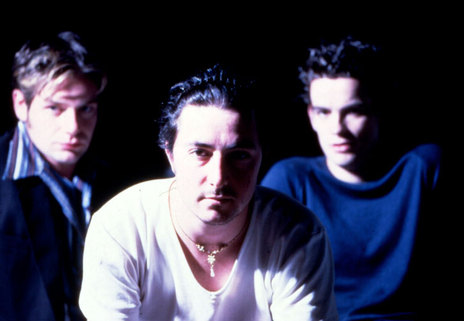
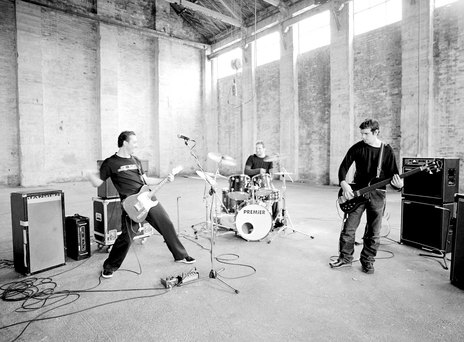
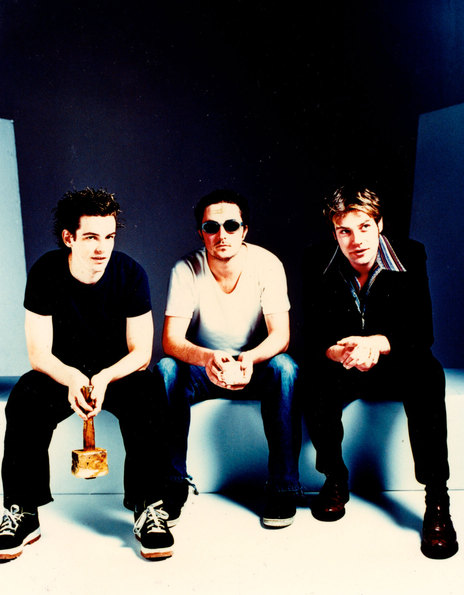

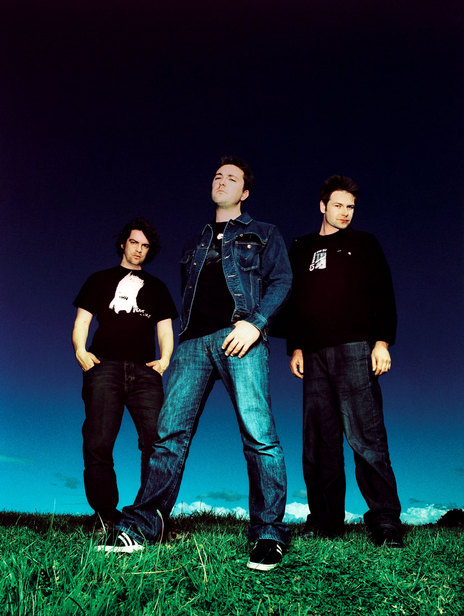
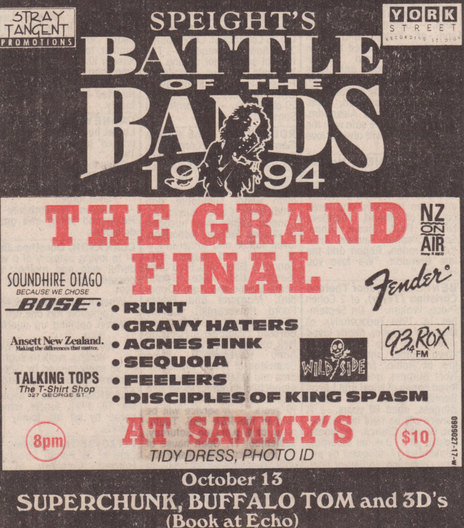
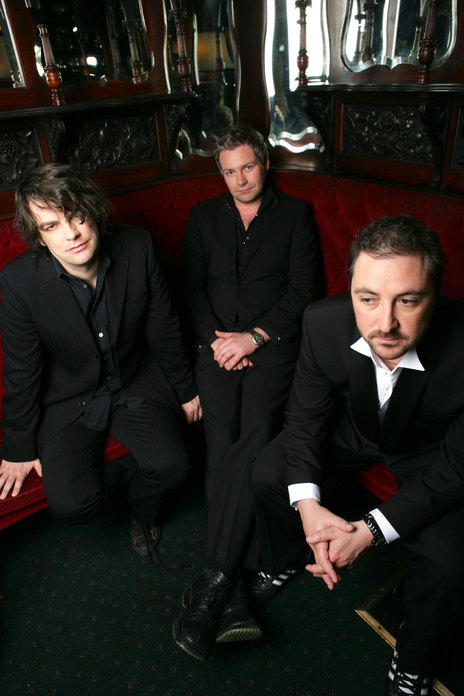
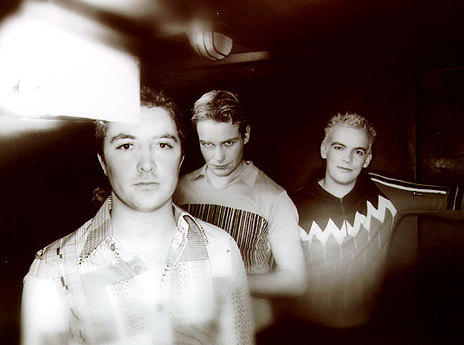
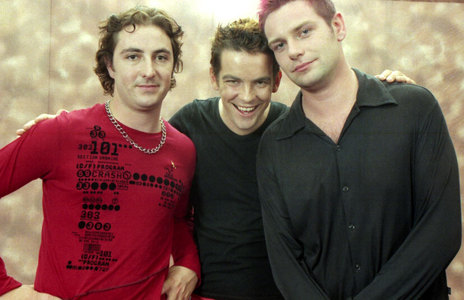
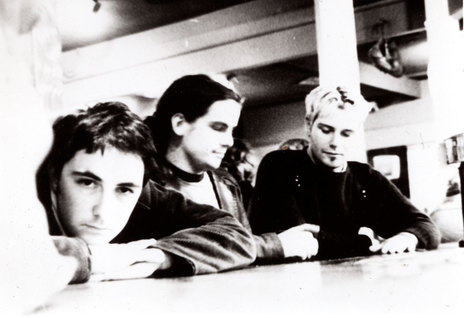
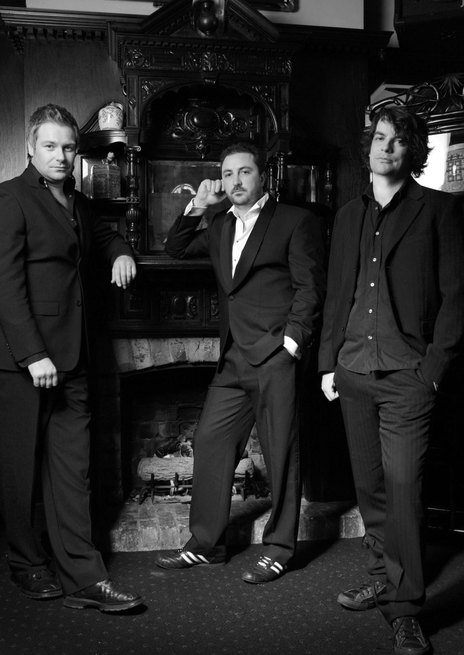
Tim Skedden played guitar with The Feelers during their early years and continued to fill in for live shows until Andy Lynch joined the group. Skedden was also a founding member of Op-shop, but unfortunately, he also left that group just prior to them gaining mainstream success.
James Reid - vocals, guitar
Hamish Gee - drums
Matt Thomas - bass
Andy Lynch - guitar
Matt Short - bass
Visit our sister site
NZ On ScreenMade with funding from
NZ On Air









